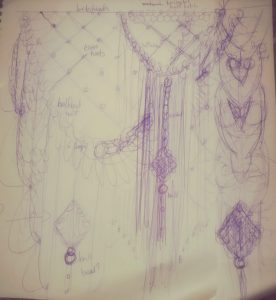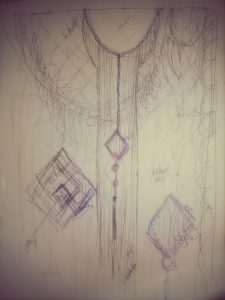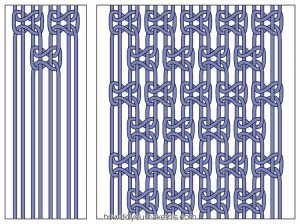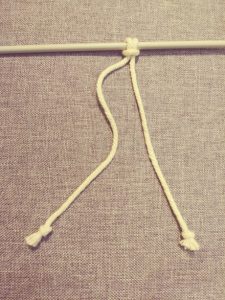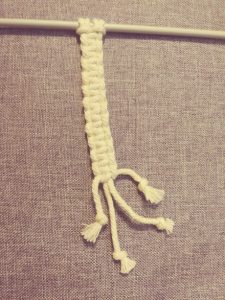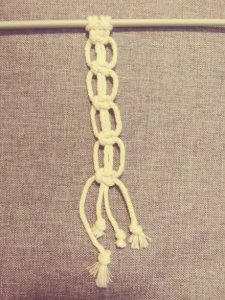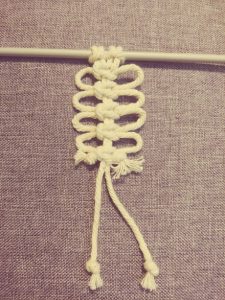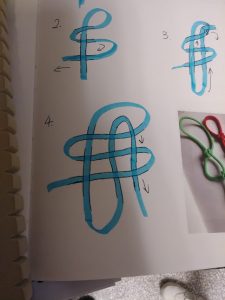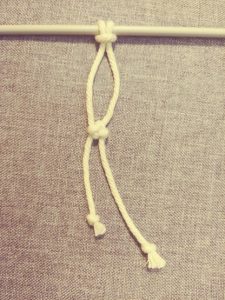Reflection
Wertheim’s goal “to communicate about science, technology, and mathematics in new and innovative ways, focusing on what I consider to be their poetic and aesthetic ends” p278 seems eminently worthwhile. It doesn’t focus on the “big” questions, rather it makes every day science accessible to everyone, even those of us who may not have an understanding of the formulae and terminology that typically frames this kind of discussion. For young students, it is essential for them to develop confidence in their ability to understand science so they may feel wonder and delight when they learn about it. This doesn’t mean that formulae should be rejected, but that they are only a part of science understanding and exploration–a cerebral part–that can be fueled and complemented by engagement through creative disciplines such as literature, art and music.
In describing Daina’s crocheted models, Wertheim says “you can actually see the space, and feel it, and explore it with your hands.” p279
The Method
“…all you have to do is increase stitches in each row: knit-(n) stitches, increase one; knit-(n) stitches, increase one. When you increase stitches every two stitches, for example, you get a model that gets crenellated very quickly; if you increase every twenty stitches, on the other hand, you get a form that is relatively flat and a lot less frilly. That was the complete initial discovery—utterly simple and utterly brilliant. But Christine and I gradually found that when we began deviating from that original formula the models started to look quite different and a lot more organic. For instance, we tried increasing every three stitches for a while, then every four, then every five, then back to three for a while, and we found that the forms changed quite substantially. So, what we’ve come to is that this is like an experiment in practical evolution; you have this simple, underlying code, but slight shifts in the code make radical differences to the morphology of the finished form.” p281
The play tank “literally, physically playing with ideas”
I am not sure if my ideas of knitting and crochet as art have changed, since I already had a pretty inclusive idea regarding what could be considered art. I do know that a lot of people have traditional ideas about art, not realizing that the things they do include were often rejected by the artist’s contemporaries. My ideas around the validity of crochet as a means to represent science, and as a means of furthering research into science and mathematics has changed. I think it is important to point out that while they are playing with ideas that those who are planning to share it with the academic community will be striving to maintain rigour in their process and documentation practise.
Another thing that this has helped me realize is how separate we keep different disciplines.
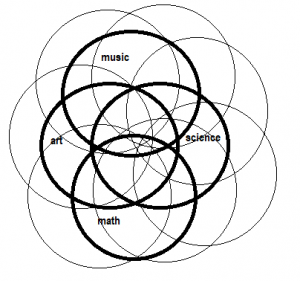
From an artistic point of view, the crocheted reef is astonishingly beautiful. It is sophisticated, complicated, but the whole work can be experienced without being overwhelmed by the details. The scale is part of what makes it magnificent. It is very effective at communicating what will be lost do to misuse of the planet. I prefer this manner of social commentary over those that show the garbage piling up around us. Rather than using guilt, it is like someone is teaching you to care. Saying “look” “please”
As always, I kinda want to soak them in ceramic slip and fire them up.
Buszek (Ed.), Extra/ordinary: Craft and contemporary art (pp. 175-183). Durham and London: Duke University Press.
https://read.dukeupress.edu/books/book/1455/ (Links to an external site.)


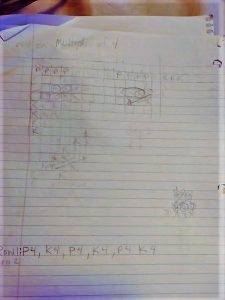

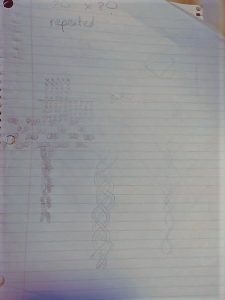

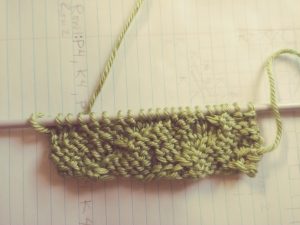
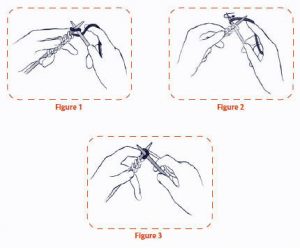
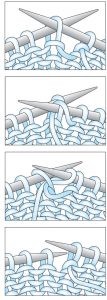
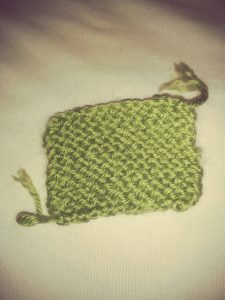
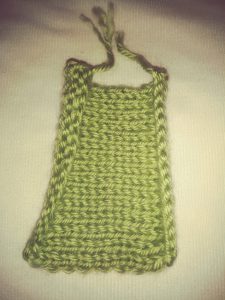
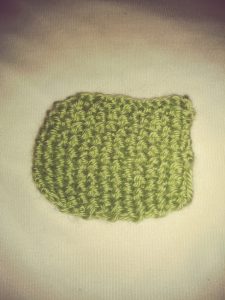


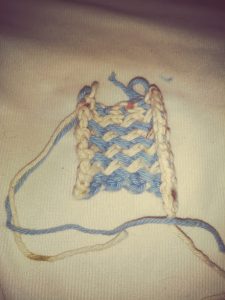
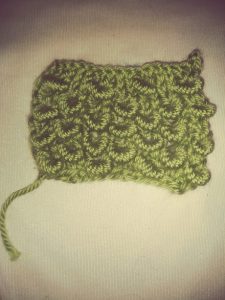

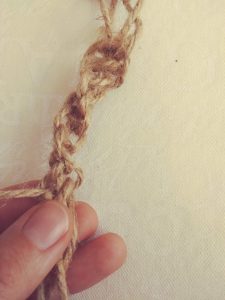
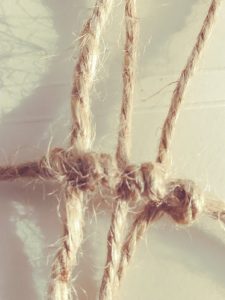
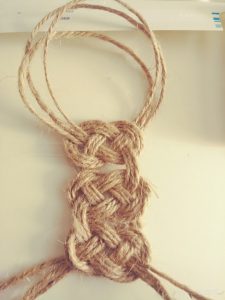
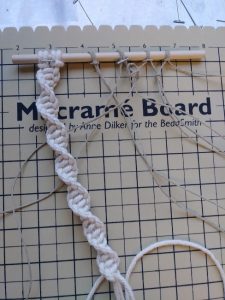

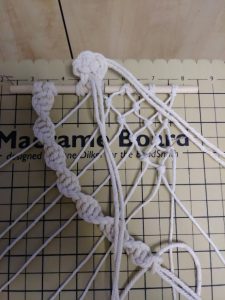
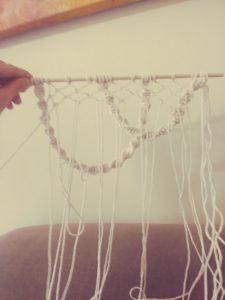

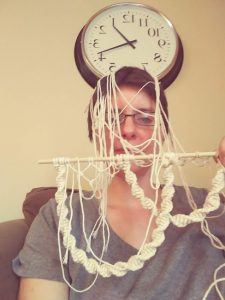
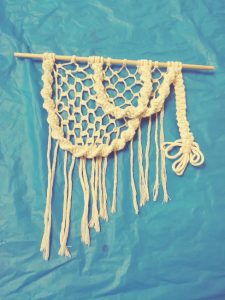 The final creation doesn’t have the focal points, but it does contrast a spiraling sinnet of heavier weight, with a lighter open mesh of Josephine knots and a thin drapery of loose ends. I cropped them a little shorter than I would if I made this a again. The knots I used include:
The final creation doesn’t have the focal points, but it does contrast a spiraling sinnet of heavier weight, with a lighter open mesh of Josephine knots and a thin drapery of loose ends. I cropped them a little shorter than I would if I made this a again. The knots I used include: